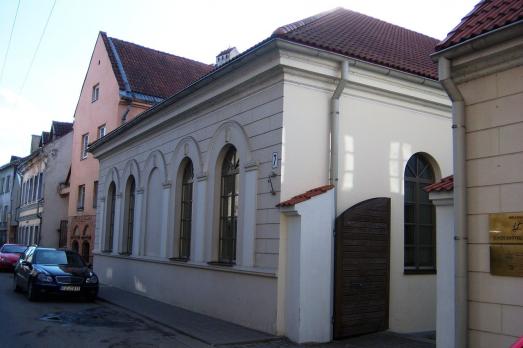
Neviazh Kloyz
Kaunas , LT
The Neviazh Kloyz is a former synagogue built in 1850 out of brick, plaster and tiles. Now disused, the historicist style building was restored and adapted as a conference room between 2003 and 2005.
Here you can search for a building to visit. You can use the map find destinations, or you can use the filters to search for a building based upon what different criteria.

Kaunas , LT
The Neviazh Kloyz is a former synagogue built in 1850 out of brick, plaster and tiles. Now disused, the historicist style building was restored and adapted as a conference room between 2003 and 2005.

Kaunas, LT
The Neviazher Kloyz in Kaunas is an Ashkenazi synagogue built in 1851 but renovated in 2003. In 2003/5 the building was restored and adapted as a conference hall with auxiliary premises according to a design by Rymantė Gudienė, Liuda Perevičienė and Vilija Skėrienė.
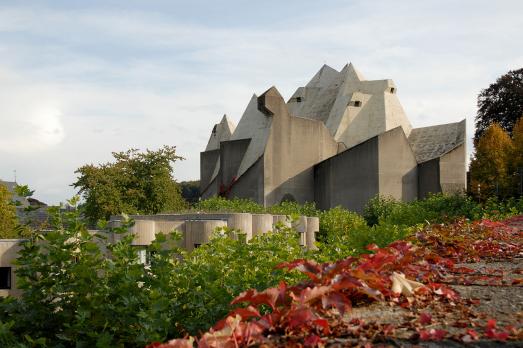
Velbert, DE
The Nevigeser Wallfahrtsdom is a pilgrimage church built in 1963-1972. The architectural style of the current building, designed by Gottfried Böhm, is attributed to brutalism. The shape of the building is meant to resemble that of a large tent, and the frequently recurring symbol of the interior design is the rose, symbol of the Virgin Mary.
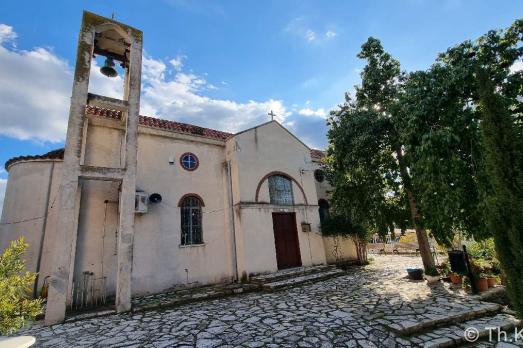
Agia Anna, CY
The building is located in the eastern part of the village.

Pyrga, CY
The building is located in the western part of the village.
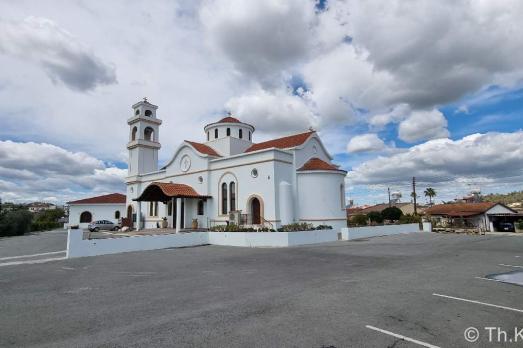
Mosfiloti, CY
The building is located in the centre of the village.
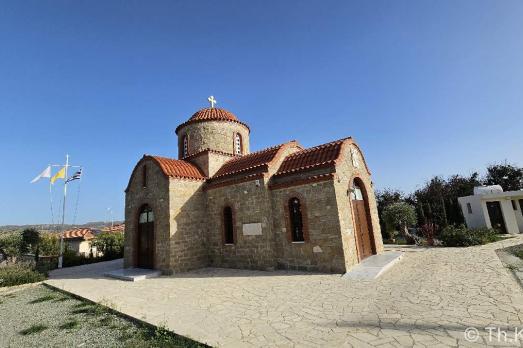
Tochni, CY
The building is located in the western part of the village.
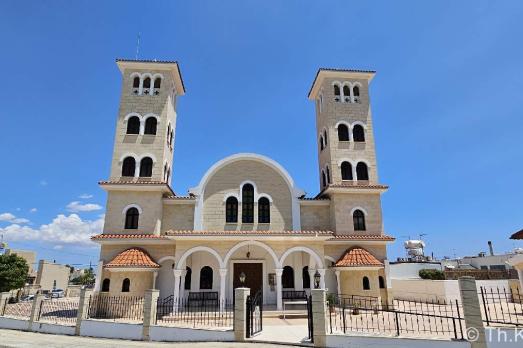
Larnaca, CY
The building is located in the northern part of the town.

Larnaca, CY
The building is located in the north-western part of the town.

Xylofagou, CY
The building is located in the centre of the village.

new
The Chassidic Route is a cultural and historical trail tracing the rich legacy of Jewish communities in southeastern Poland and western Ukraine. This region was central to the rise of Chassidism in the 18th century. Here, we highlight 10 remarkable synagogues you’ll discover along this route.

he cradle of the Industrial Revolution in Germany, Chemnitz, is well-known for its industrial heritage landscape, but the city is also home to remarkable examples of religious architecture from different historical periods. Join us as we explore the key landmarks of this European Capital of Culture 2025.

The twin towns of Nova Gorica (Slovenia) and Gorizia (Italy), lying on the border between the two countries, have a rich religious heritage, steeped in centuries of tradition. If you are looking for ideas for your visit, take note of these 10 religious sites that you should not miss.